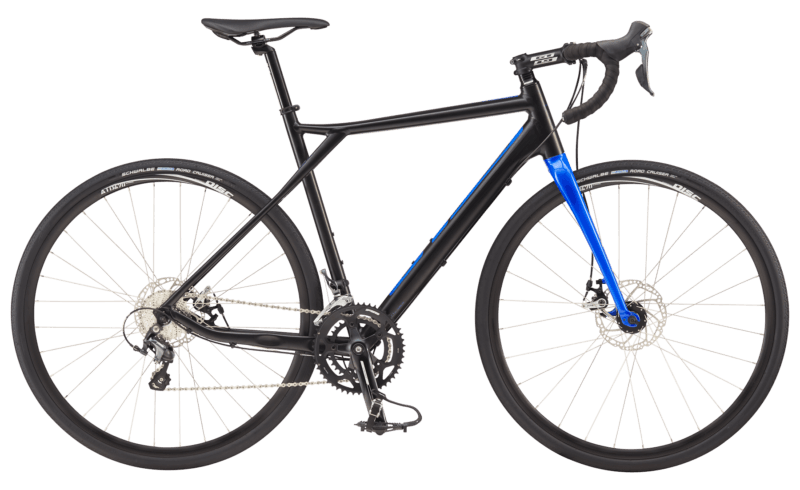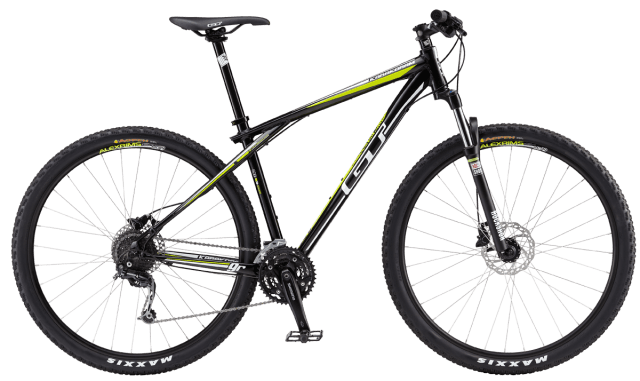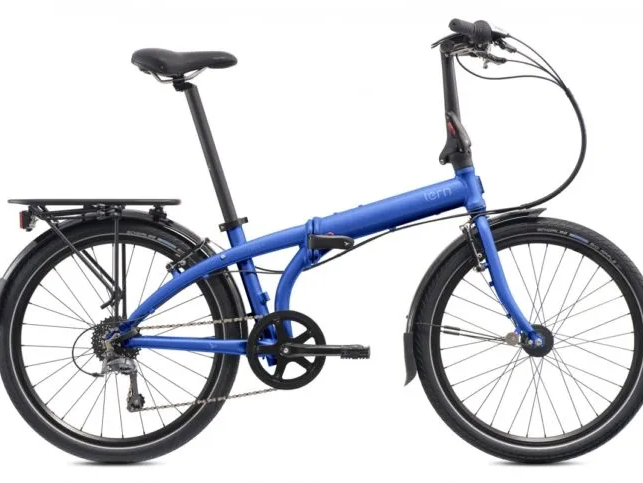Selecting the Right Bike
How to Choose an Adult bike
To select the bike that is right for you, consider how you will use the bike:
Are you a commuter, a recreational rider, or both?
Where do you intend to ride?
How often do you ride?
What is your budget?
There are several types of bikes that fit the needs of most riders.
We have carefully selected both the bike manufacturers and the specific models by manufacturer that provide our customers with the best quality, performance and value.
Gravel Bikes

Why a Gravel Bike?
More about Gravel Bikes
Gravel and “all-road” are terms used for this rapidly growing segment of the drop-bar bike market.
Gravel bikes are essentially road bikes designed to be used on unpaved as well as paved roads. They open new routes, terrain, and experiences on familiar road-like equipment.
Hybrid Commuter Bikes

Why a Hybrid/Commuter Bike?
More about Hybrid Commuter Bikes
A well designed and equipped hybrid bike combines the best characteristics of road and mountain bikes. They are sturdy, comfortable and fast, and ideal for riding on streets and bike paths. It is critical to understand the tradeoffs between different hybrid models to select a bike that will meet your needs and expectations.
Mountain Bikes

Why a Mountain Bike?
More about Mountain Bikes
Mountain bikes are probably the most familiar bike to most riders.
Couple-riding-Mountain-bikeMountain bike geometry and primary bike components are selected to enable off-road riding:
“Fatter” tires than road bikes
Shock-absorbing features
Better braking systems (to handle dirt trails and the obstacles that come with them)
Lower gears to more easily handle steep terrain.
Although the most popular bike, most riders do not ride off road and thus endure some comprises (including higher rolling friction and a somewhat slower ride on dry pavement) while not experiencing the off-road benefits. But, their ruggedness, comfort, and stability, appeal to many riders.
Folding Bikes

Why a Folding Bike?
More about Folding Bikes
A folding bike can open up new ways of commuting and traveling.
They are becoming increasingly popular in urban areas where space and security are at a premium. With a Tern folding bike, you can commute between office and home, fold it and take it on the “T” (with no limitations as there are with non-folding bikes on some lines), and store it in your home, apartment, or office.The Tern Folding bikes we offer are high-performance, highly rated bikes that just “happen” to fold. Performance is not sacrificed.
These are lightweight, well-designed bicycles that merit serious consideration.
Fat Bikes

Why a Fat Bike?
More about Fat Bikes
With their oversized tires and impressive traction, these bicycles can be ridden virtually anywhere, expanding both your biking horizons and biking season. And, they are an eye-catching showstopper!
The fat bike typically has 4” wide or larger tires, compared to mountain bike tires that are about 2”, to ride over unstable terrain such as sand and snow. The wide tires are inflated to much lower pressures to provide increased traction and to smooth the ride over rocks and other obstacles. The squishier tires make for a generally more comfortable ride.
BMX Bikes

Why a BMX Bike?
More about BMX Bikes
BMX riding took off in the late 1960’s as kids inspired by their motocross heroes, used small, single-speed bikes to go off road and race their friends. BMX evolved into racing and free-style genres, with many sub-genres depending upon the style of riding including:
Street – Racing through a set of man-made obstacles.
Park – Skate park riding with a multitude of small aerial stunts using skate ramps.
Flatland – Performing tricks, spins, and turns on a flat surface.
Vert – Big air jumps and epic tricks done off a massive ramp or, more commonly, half-pipe.
Dirt- Jumping off of mounds of dirt, usually performing a midair trick in between.
Call us:
617-942-2900
We are your neighborhood bicycle shop serving primarily the neighborhoods of Roslindale, West Roxbury, Jamaica Plain, Mattapan and Hyde Park.
159 Belgrade Avenue
Locate Us
Roslindale, MA 02131
jasantiagotorres@gmail.com
617-942-2900
Monday 11-6 Tuesday 11-6
Wednesday 11-6 Thursday 11-7 Friday 11-7 Saturday 11-5
Sunday closed
Hours are subject to change
"Drop by and visit, we look forward to seeing you."
4130 Byke Shop, All Rights Reserved 2020 All data and information provided on this site is for informational purposes only. 4130 Byke Shop & Baystate Websites and Marketing LLC makes no representations as to accuracy, completeness, correctness, suitability, or validity of any information on this site and will not be liable for any errors, omissions, or delays in this information or any losses, injuries, or damages arising from its display or use. All information is provided on an as-is basis.
